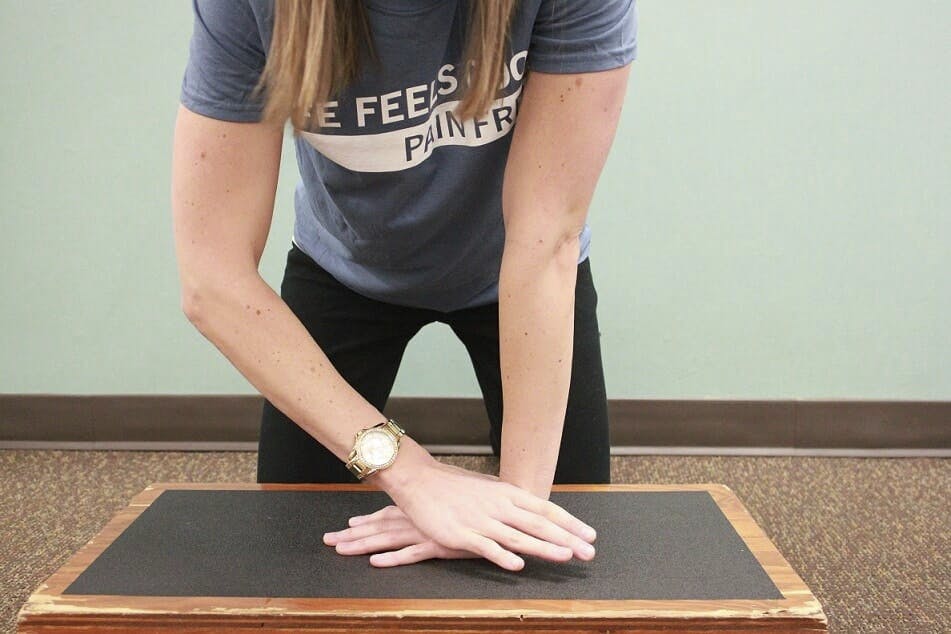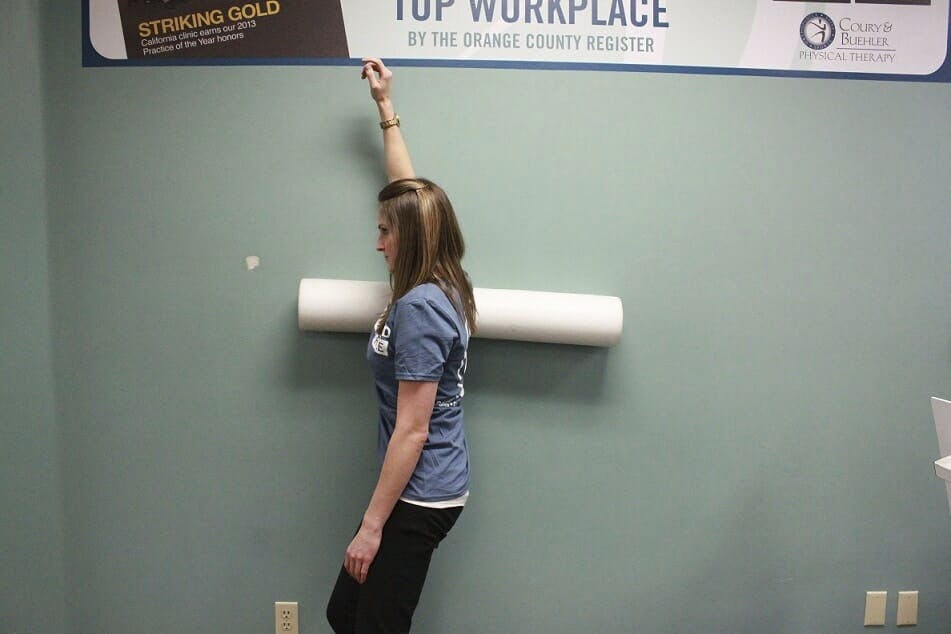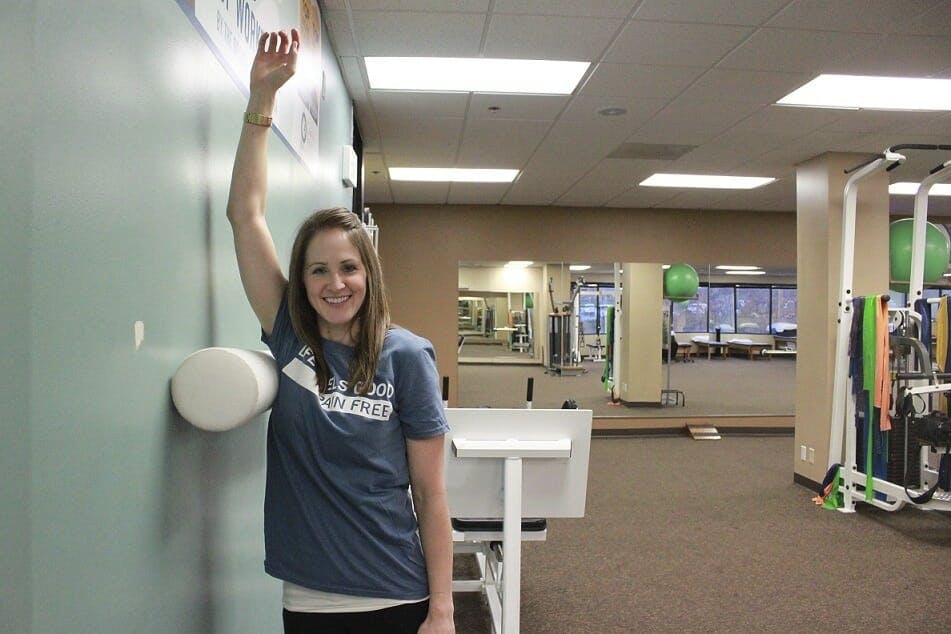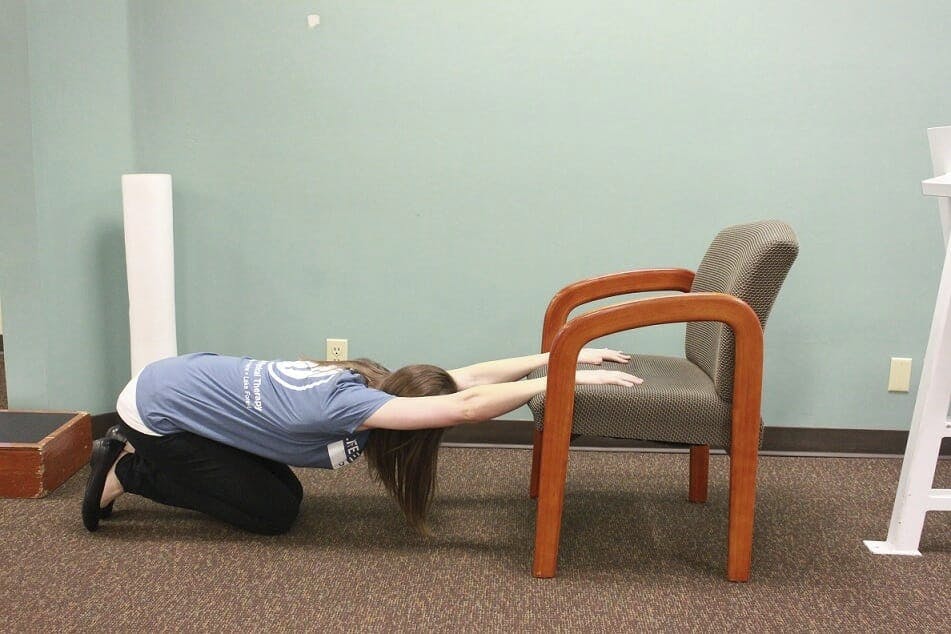In gymnastics, wrist pain is a common injury due to the high repetition and forces placed through the hands during skills. There can be a gradual onset of pain that worsens when weight bearing through the arms, which can often lead to possible ligamentous and bone damage. Main contributors to wrist pain in the sport of gymnastics are less than optimal flexibility and stability at the wrist, shoulder and upper back. In the majority of cases, there are two limiting factors that affect the ability to move into excessive wrist extension:
Overuse stress forces
As gymnasts, many athletes simply know how to “push through the pain” not fully understanding the consequences that may develop further down the road. If the issue is left unaddressed, the overuse stress forces may progress into a variety of problems like tendonitis, bone bruising, ligament damage, growth plate irritation, scar tissue build up, and possible stress fractures.
Overall, the structures of the wrist and hand are not designed for heavy weight-bearing, like the ankle joint is, which in turn compromises the internal joint stability during excessively high forces. Further understanding the concepts as to why a gymnast may develop wrist pain, in addition to several techniques to help an athlete possibly manage their problems, are described below:
- Tight forearm flexors due to overdeveloped grip force required to swing on bars and balance body weight and control during a handstand position. The muscles are also needed for a proper “block” during vault and tumbling, generating power through a propulsion force of the athlete from the surface. Overtime the flexor muscles become very tight from the high repetition of these skills.
- Many gymnast possess true shoulder restrictions from tightness in latissimus dorsi muscles, limiting the athlete’s ability to fully raise their arms overhead. This limitation can also have an impact on the wrist joint by causing the wrist to hyperextend when compensating for the lack of range up the chain.
So what can be done to improve the flexibility and decrease the stress at the wrist joint?
The listed exercises can be performed to assist a gymnast in pain management and/or limit the possible onset of wrist pain:
Wrist Mobility
Many times gymnast will stretch their wrists during warm-up, but do not mobilize the joint with the stretch.

Shoulder Flexibility

Foam Roller Against a Wall

Foam Roller Against a Wall

Latissimus Dorsi Stretch: Bilateral

Latissimus Dorsi Stretch: Bilateral
Shoulder Stability
Many times the shoulder blades and joint are not doing their job properly, decreasing the activation of the small stabilizing muscles when reaching overhead. “Wall Angels” are a simple exercise to help cue the athlete to engage their scapular muscles when reaching overhead. The main focus should be on standing flat against the wall, squeezing the shoulder blades together and keeping the hands against the wall as they slowly straighten overhead.


Wall Angels

